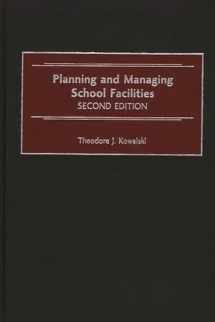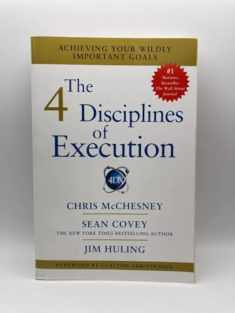
Planning and Managing School Facilities
Book details
Summary
Description
Nearly half of the nation's school buildings need to be renovated or replaced. This book provides a knowledge base for administrators to plan and manage construction projects, and addresses specific planning tasks including public opinion polling, enrollment projections, financial planning, selecting architects and other professionals, and managing facilities once they are operational.
Theodore Kowalski addresses the administrative procedures associated with planning and managing school facilities. As noted at the outset, practitioner interest in school facilities has been growing rapidly in recent years because decades of neglect, poor planning, and cost cutting have created a situation in which large numbers of America's school buildings are in need of major repair or replacement. At the same time, the realization that costs related to repair and replacement have escalated significantly has fueled a new concern among school facility planning and management. Writing for school administrators, superintendents, and board members as well as graudate students in education, Kowalski discusses planning from the perspective of both individual facility projects and more comprehensive district-wide efforts. The responsibilities associated with administering school buildings are also approached from the individual school and district program perspectives.
Part One of the book examines historical and contemporary perspectives of school facility planning. A systems perspective is provided for defining the adequacy of school buildings, and the effects of changing demographics, school reform, technology, and obsolescence are detailed. Various planning paradigms and needs assessment are the foci for Part Two. Part Three examines specific tasks related to completing a facility project. They include public opinion polling, securing professional services, and management responsibilities before, during, and after construction. Part Four includes these focused issues: planning elementary schools, planning secondary schools, doing enrollment projections, working with other agencies, choosing between renovation and new construction, financing capital outlay, and maintaining facilities once they become operational.


We would LOVE it if you could help us and other readers by reviewing the book
Book review




